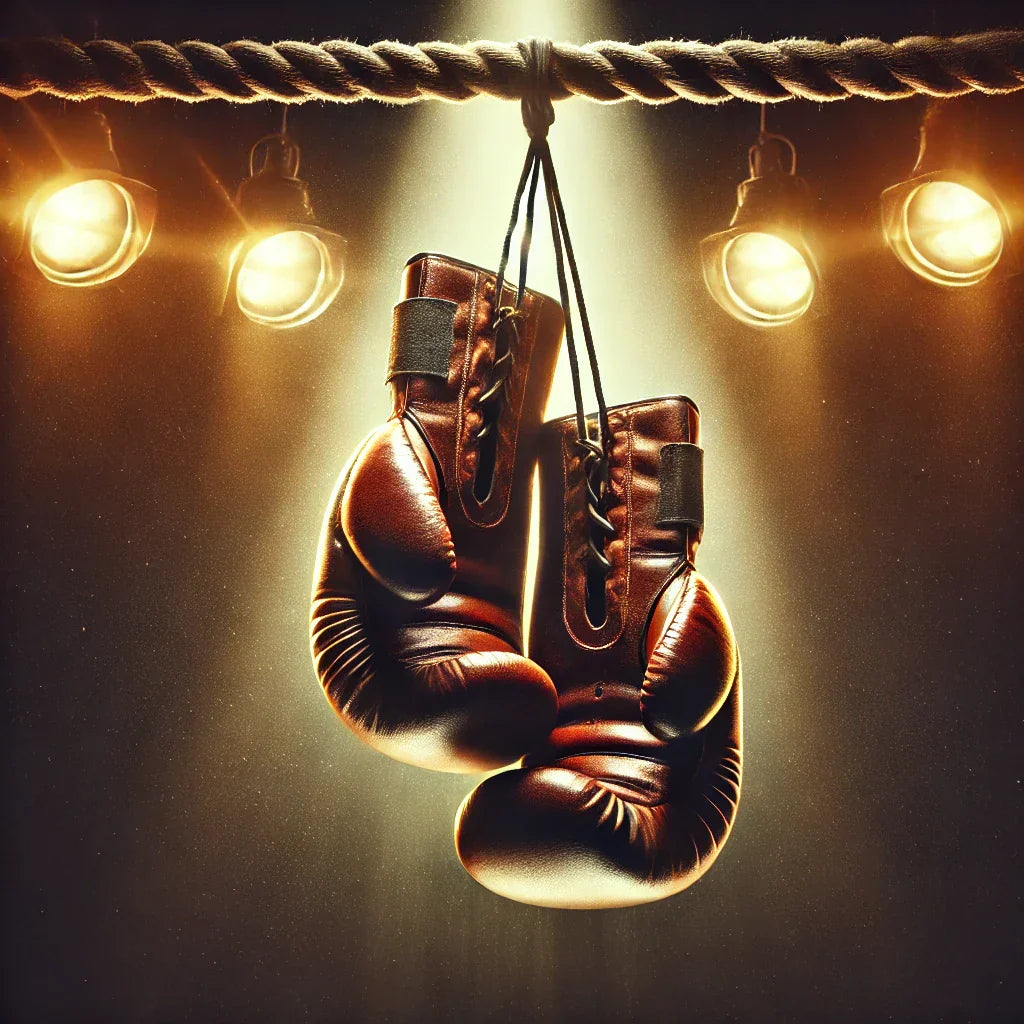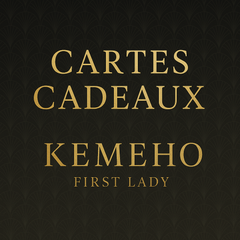
Muhammad Ali: The Fist of Rebellion
Share Label
1964, Miami.
Under the scorching lights of the Convention Hall, a 22-year-old man bounced on the ring, his gaze blazing with arrogance and determination. “I am the greatest!” he shouted before the fight even began.
His opponent, Sonny Liston—the embodiment of brute force and terror in the ring—watched him with disdain. No one believed in the young contender’s victory. No one… except him.
The first rounds were explosive. Muhammad Ali danced, dodged, and struck without being touched. Liston, the invincible beast, staggered. In the seventh round, he remained on his stool. He quit. Ali leaped to the center of the ring, arms raised. The world had just witnessed the birth of a king.
From Cassius Clay to Muhammad Ali: A Rebirth
Before becoming a legend, Ali was Cassius Clay, a boy from Louisville raised in segregated America. At 12, his bicycle was stolen. Furious, he declared he wanted to "whoop" the thief. A policeman sent him to a boxing gym. It was a revelation.
Blessed with incredible speed and unshakable confidence, he racked up victories. But Cassius Clay was not just a boxer—he was a free spirit, a provocateur, a revolutionary. After his victory over Liston, he shocked the world:
“I am a Muslim. My name is Muhammad Ali.”
He rejected his "slave name" and joined the Nation of Islam. He refused to be just a champion—he wanted to be a symbol.
The Fight Outside the Ring: War and Justice
In 1967, during the Vietnam War, Ali received a draft notice. He refused to go.
“No Viet Cong ever called me a n****r.”
His refusal cost him his world championship title. He was banned from boxing, threatened with prison, vilified by white America. But he did not waver. He lost everything—except his honor.
For three years, he remained outside the ring. But his fight continued elsewhere. He became a voice against racial injustice and war, a model for an entire generation.
The Return of the King
In 1970, he was reinstated. Two years later, another challenge awaited him: George Foreman, a titan, a machine built to destroy. Their fight, the Rumble in the Jungle, took place in Kinshasa, Zaire.
At 32, Ali was the underdog. But he devised a revolutionary strategy: the Rope-a-Dope. He absorbed the blows, let himself be pummeled, exhausting Foreman round after round. Then, in the eighth round, he struck back, unleashing a flurry of punches… and Foreman collapsed.
Ali had just conquered the impossible.
The Immortal Legend
Ali continued to fight, to inspire, until Parkinson’s disease slowed his steps. But even weakened, he remained a giant. In 1996, the whole world watched him, trembling yet proud, light the Olympic flame in Atlanta.
On June 3, 2016, he left this world. But his words, his fists, and his courage still resonate.
“Impossible is not a fact. It’s an opinion. Impossible is not a declaration. It’s a dare. Impossible is not a certainty. It’s a challenge. Impossible is nothing.”









